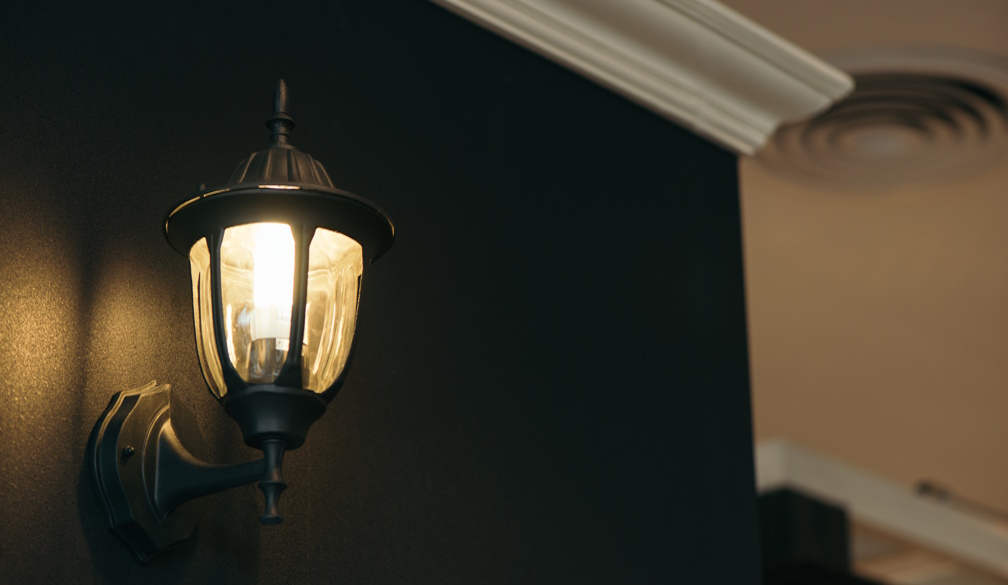the first independent study of abuse in the Australian Defence Force is damning
- Written by Mia Martin Hobbs, Research Fellow, Deakin University

“Participants expected the costs of war, but they were not prepared for the costs of service,” explain Ben Wadham and James Connor in their new book, the first independent study of military institutional abuse in the Australian Defence Force.
Warrior, Soldier, Brigand draws on interviews with nearly 70 survivors and analyses every review and inquiry into military culture (35 in total) since the Vietnam War.
It’s a harrowing account of more than a century of widespread institutional abuse in Australia’s military forces. Brutality was systematically inflicted on junior cadets, who were beaten, violated and humiliated under the rationale of “bastardisation”. In a hypersexualised culture, misogyny and gender-based violence was endemic. Women were in constant danger of sexual assault from their peers and superiors. This abuse was often compounded by a “second assault”, where victims were punished for reporting, with administrative abuse and “mob justice”.
Review: Warrior, Soldier, Brigand: Institutional Abuse within the Australian Defence Force – Ben Wadham and James Connor (Melbourne University Press)
The terms “warrior, soldier, brigand”, which describe different military identities, are contested (as the authors concede). The Brereton report, which found “credible” information to implicate 25 current or former Australian special forces personnel in the unlawful killing of 39 people in Afghanistan, also found that alleged war criminals self-identified as “warrior heroes”.



















